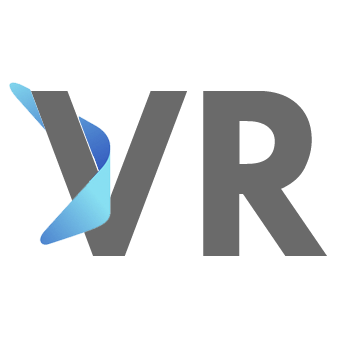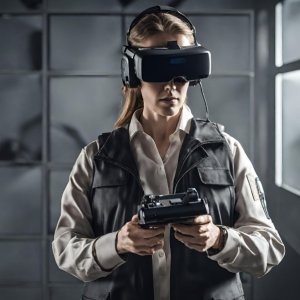Education is always evolving, and one of the most significant drivers of change in recent years has been Extended Reality (XR). XR is an umbrella term covering Virtual Reality (VR), Augmented Reality (AR), and Mixed Reality (MR). This advanced technology is revolutionizing classrooms and learning environments, reshaping the entire educational landscape. In this detailed overview, we’ll delve into the profound impact of XR in education.
Unveiling the Educational Revolution
What is XR?
Before we explore its impact, let’s define XR. XR technologies blend the real and virtual worlds to create immersive learning experiences, engaging students in ways traditional education cannot.
- Virtual Reality (VR): VR transports students to entirely virtual environments where they can explore, interact, and learn.
- Augmented Reality (AR): AR overlays digital content onto the real world, enhancing the learning experience with additional information and interactivity.
- Mixed Reality (MR): MR combines elements of both VR and AR, enabling a mix of real-world and virtual interactions.
Enhancing Engagement and Immersion
One of the most significant advantages of XR in education is its ability to captivate and immerse students in their learning experiences. Traditional methods often struggle to maintain students’ attention, but XR technologies transform learning into an exciting adventure.
- Virtual Field Trips: XR can transport students to historical events, distant locations, or even outer space. They can explore the surface of Mars, visit ancient civilizations, or witness historical events firsthand.
- Interactive Learning: XR enables students to manipulate 3D models, dissect virtual organisms, and experiment in a safe environment. Complex concepts become tangible and understandable.
Personalized Learning
XR technologies facilitate personalized learning experiences, tailoring content to individual learning styles and paces.
- Adaptive Learning: XR adjusts content difficulty based on students’ progress, offering real-time feedback to help students identify areas for improvement.
- Accessibility: XR makes education accessible to all, regardless of physical or geographical limitations, offering new opportunities for learners with disabilities.
XR Applications in Education
In the Classroom
- Immersive Science Lessons: Science classes can use VR to explore microscopic worlds, witness chemical reactions, or grasp complex physics concepts through interactive simulations.
- Historical Reenactments: History classes can transport students back in time to experience historical events, making history come alive.
- Language Learning: AR applications can overlay translations and pronunciation guides onto real-world objects, enhancing language learning.
For Training and Skill Development
- Medical Training: XR allows medical students to practice surgeries, diagnose illnesses, and interact with virtual patients, offering valuable hands-on experience.
- Vocational Training: XR is used for welding, plumbing, and electrical work, providing a safe space for hands-on practice.
In Remote and Online Learning
XR bridges the gap between remote and in-person learning, creating a more engaging online learning experience.
- Virtual Classrooms: XR recreates the traditional classroom environment, allowing students to interact with teachers and peers in a virtual space.
- Collaborative Projects: Students worldwide can collaborate on projects as if they were in the same room, fostering a global learning community.
Challenges and Considerations
While XR holds significant promise, it also presents challenges that educators and institutions must address:
- Cost: Implementing XR can be expensive, requiring VR headsets, AR devices, and content development.
- Training: Educators need proper training to effectively integrate XR into their teaching methods.
- Content Development: Creating educational XR content can be time-consuming and resource-intensive.
- Ethical Concerns: Privacy and safety issues in virtual environments must be carefully managed.
Conclusion: The Future of Education with XR
As XR continues to evolve, its impact on education will only grow. It has the potential to revolutionize how we teach and learn, making education more engaging, accessible, and effective. Educators and institutions embracing XR technologies and addressing their challenges can prepare students for a future where immersive learning experiences are the norm. XR is not just a trend; it’s a transformation that will shape the future of education.
Incorporating XR into education goes beyond technological advancement; it’s an investment in the future of our learners and the ongoing expansion of knowledge and understanding.






